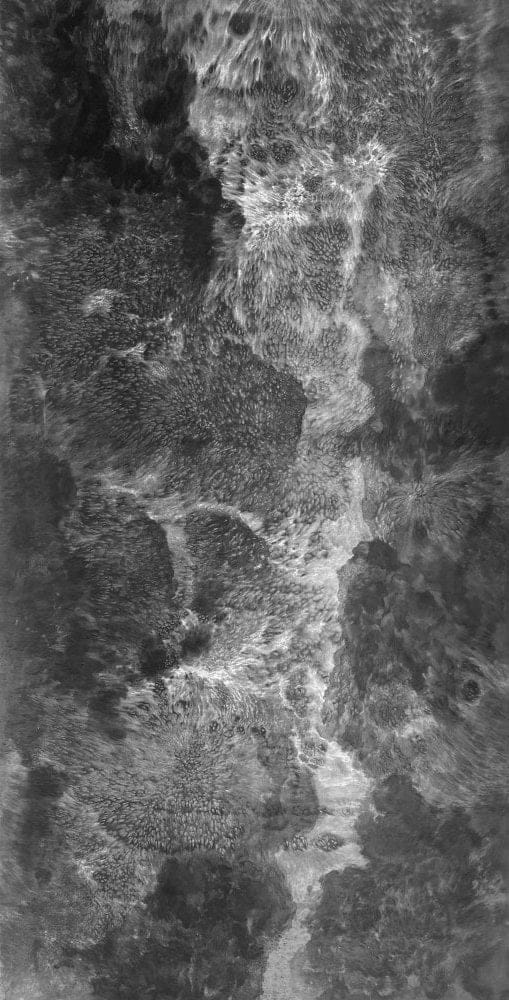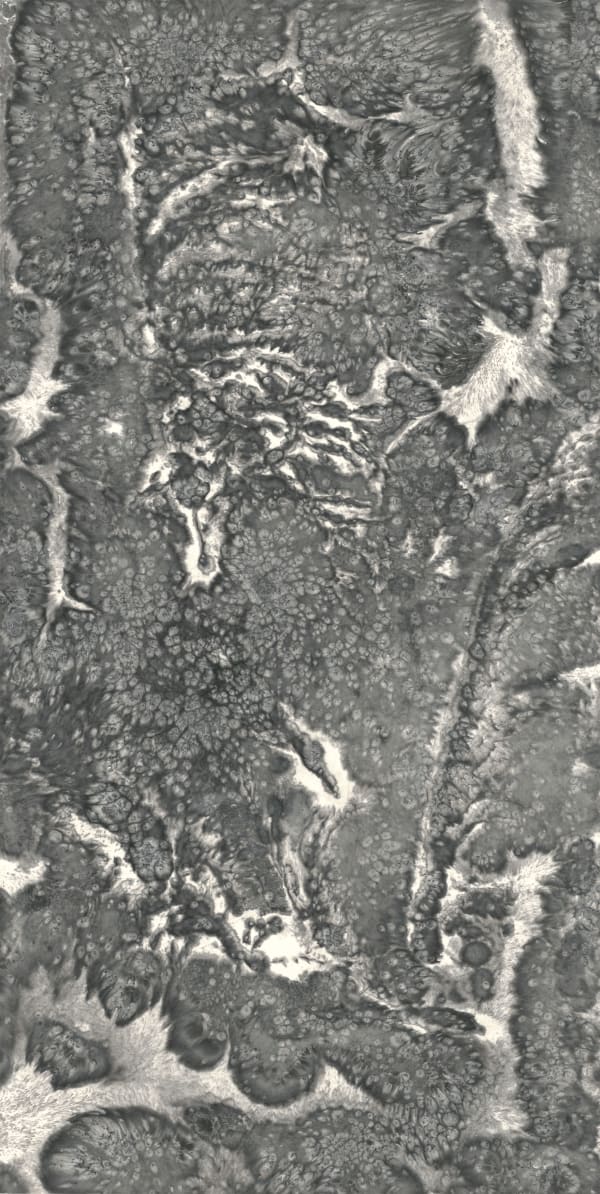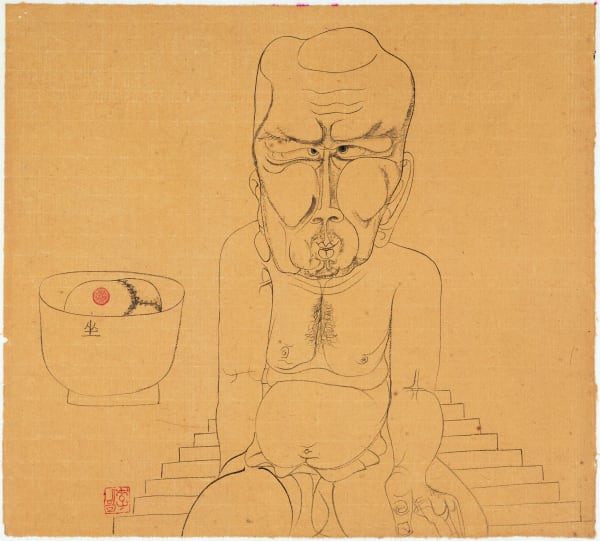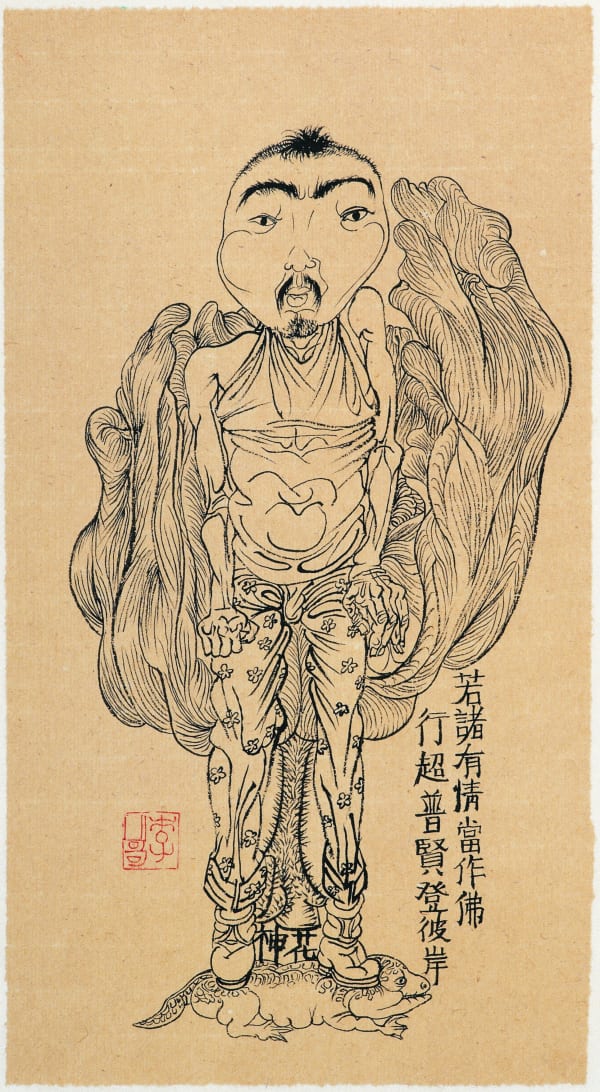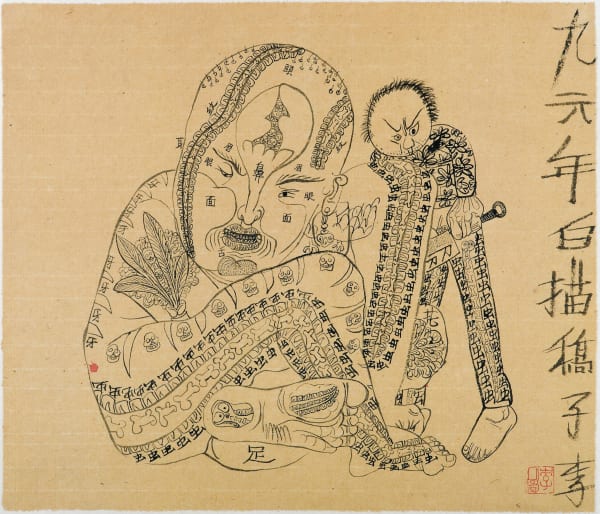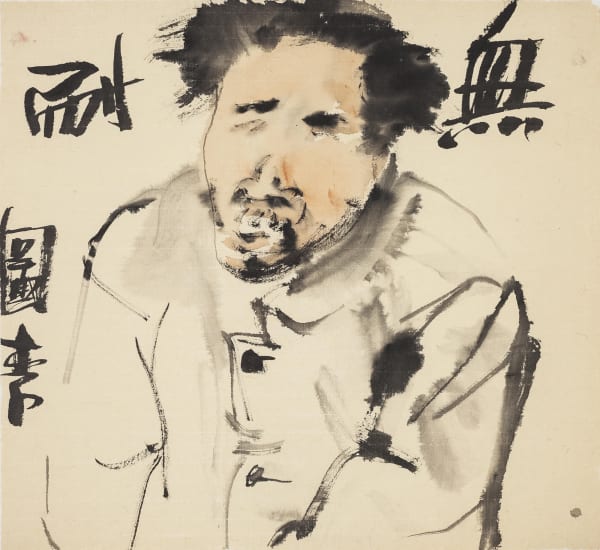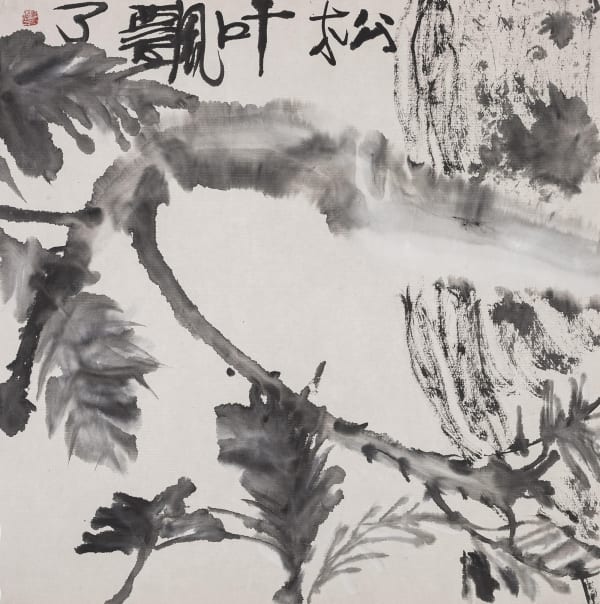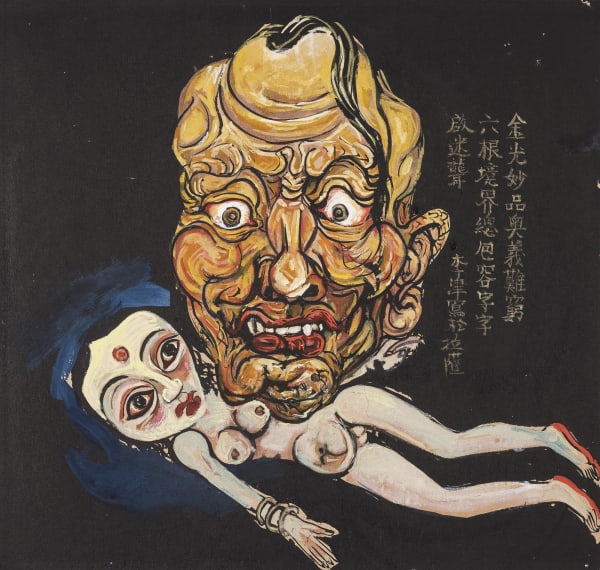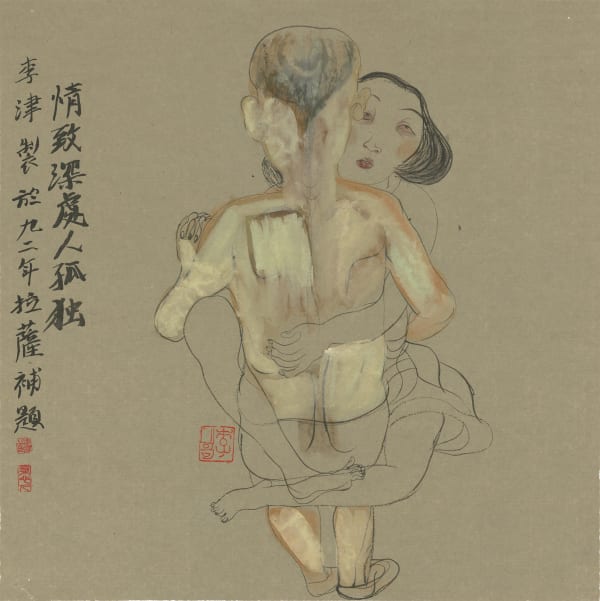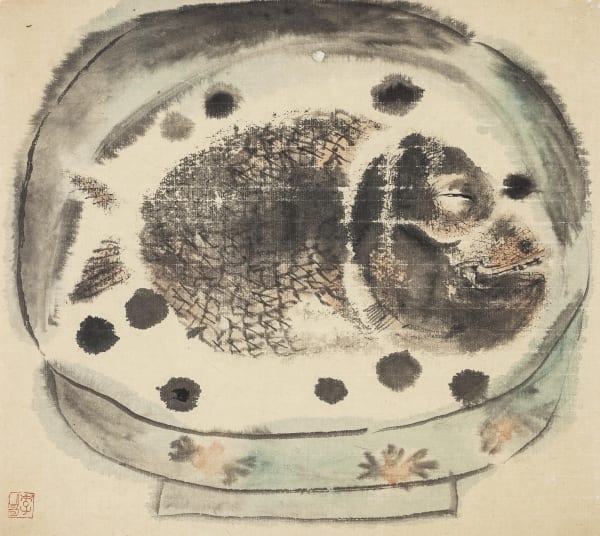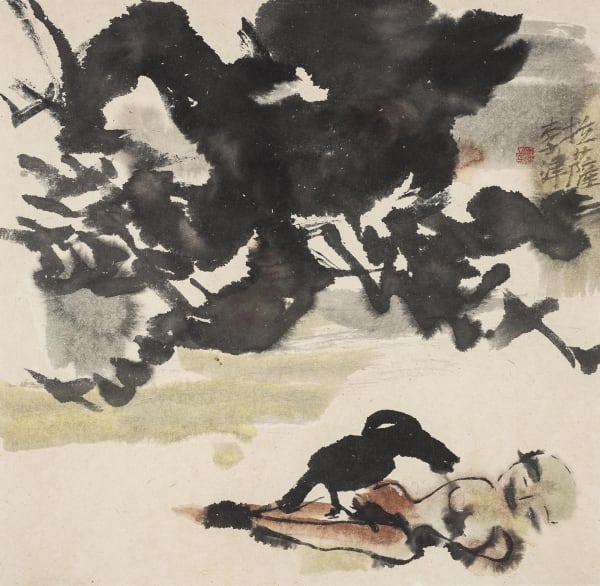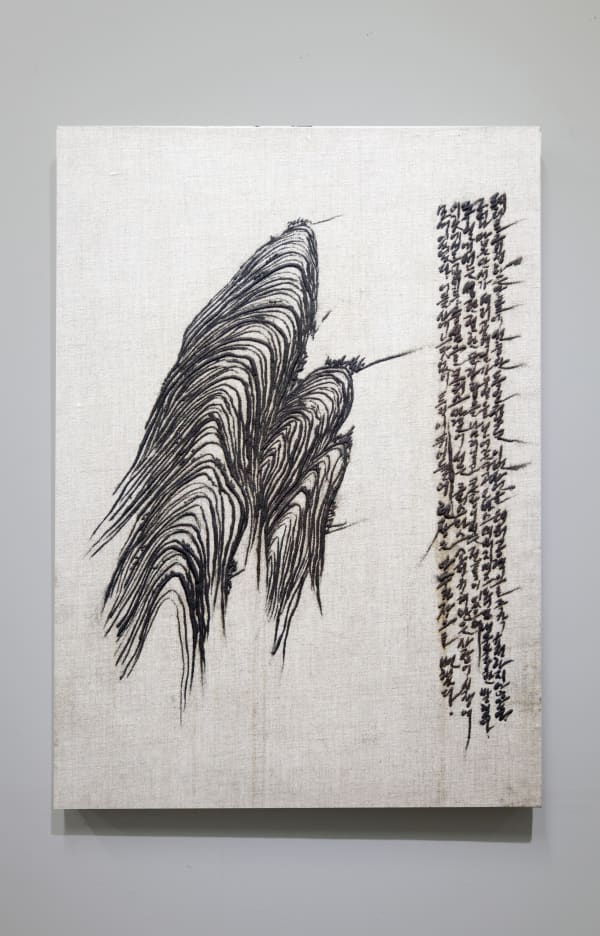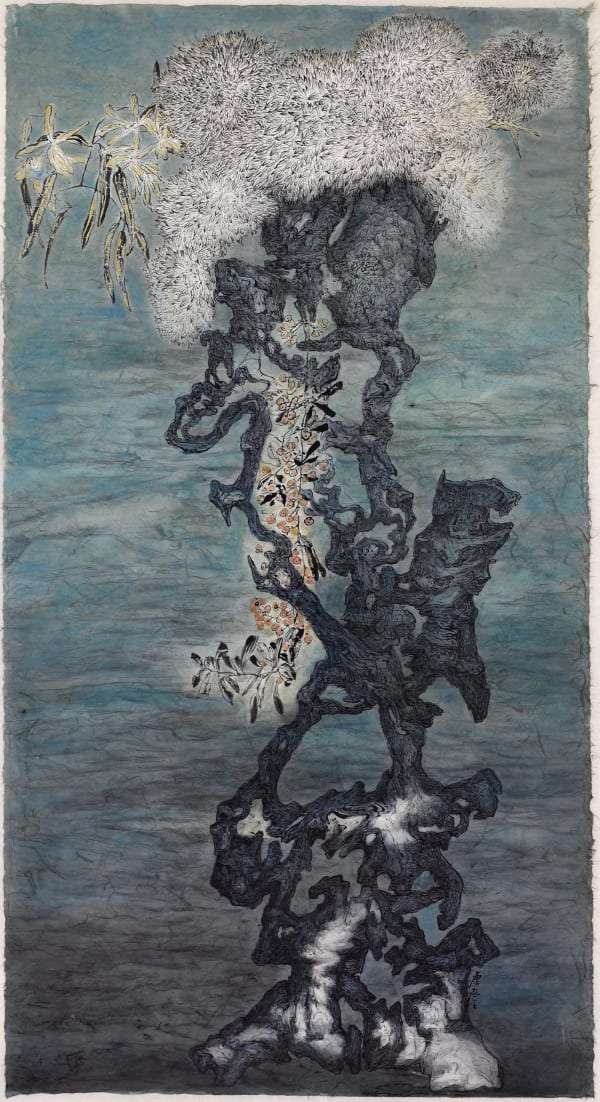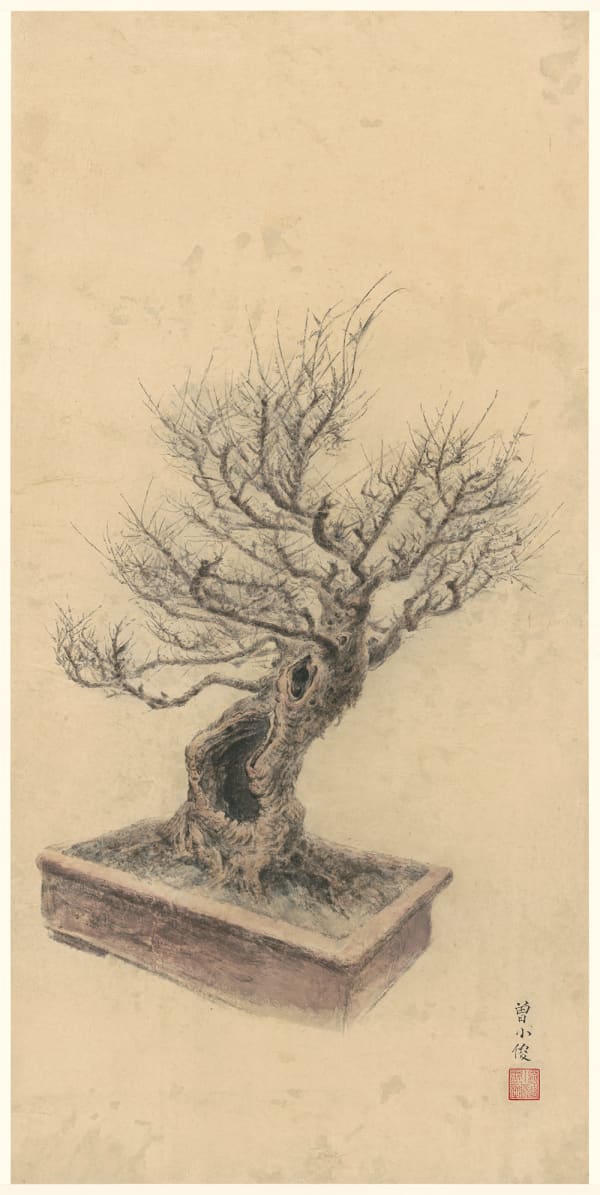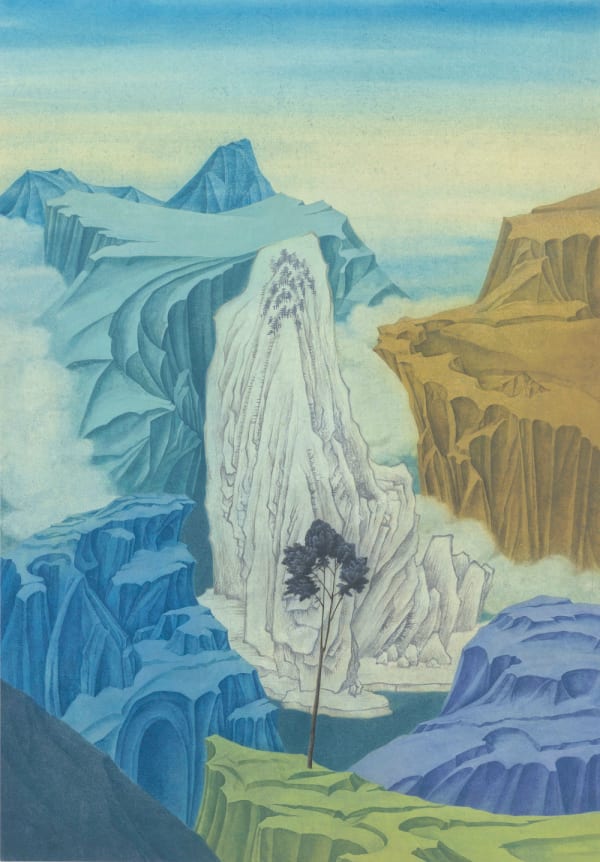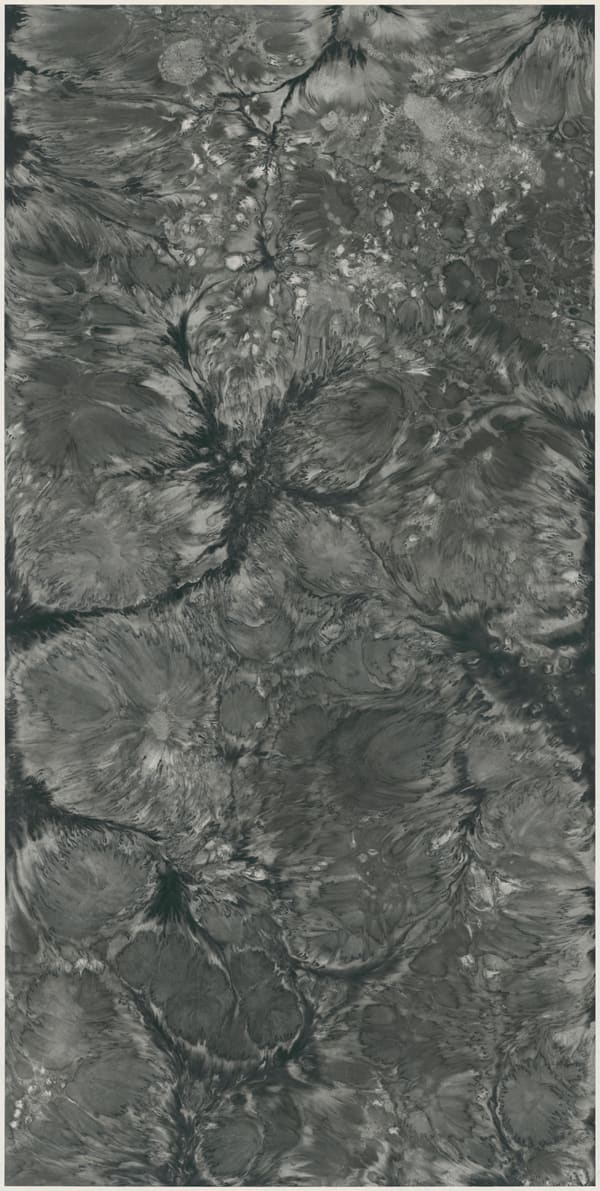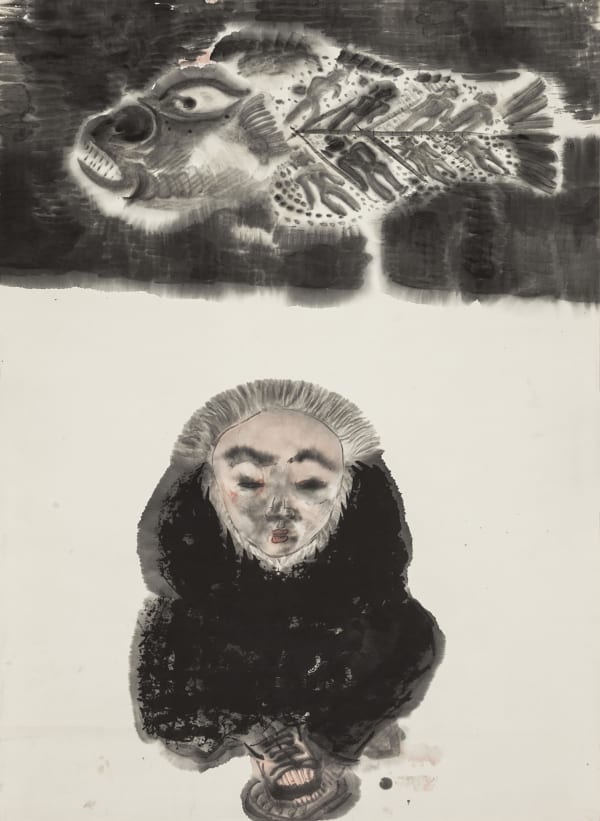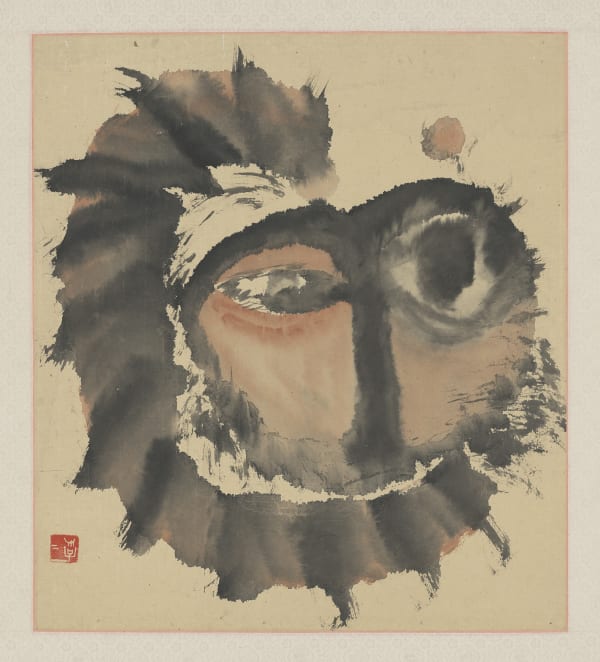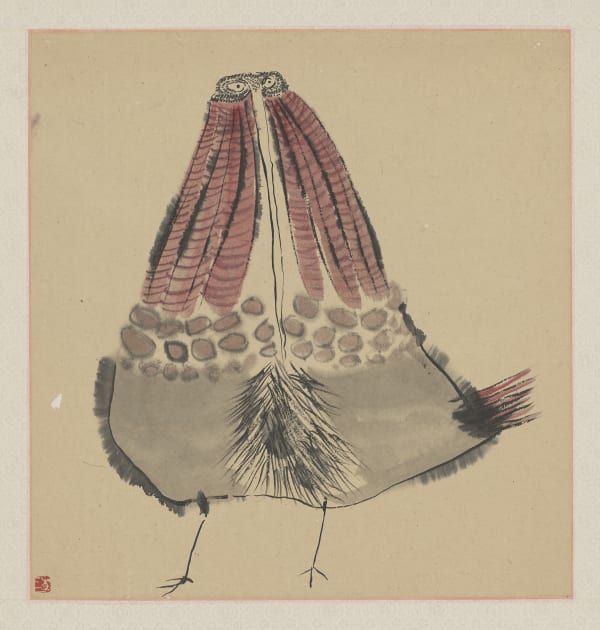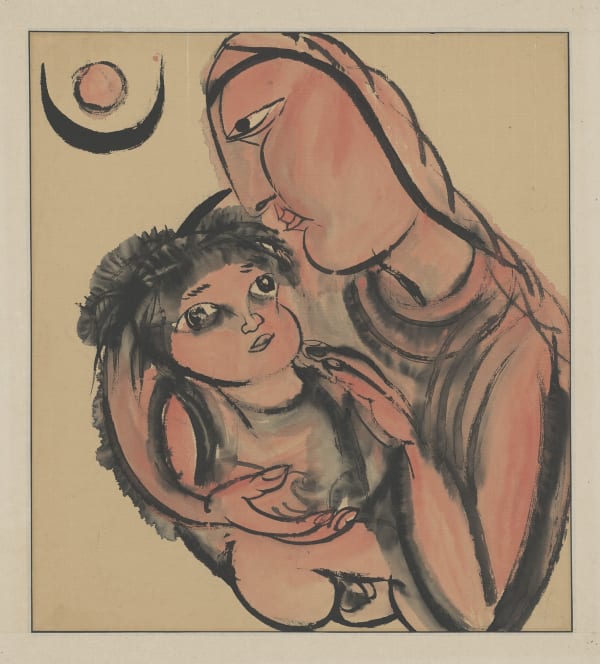INK studio is proud to participate in Ink Asia from October 3 to 7. Located at booth K6+L3+L5, INK studio will present works by seven contemporary artists who express their dynamic artistic concepts through the exploration of ink in different medium and formats. Highlights include Bingyi’s Archaeology of Waves series of abstract landscape and the Lotus Dynasty series of exquisite handscrolls; Korean artist Kim Jongku’s Steel Powder Painting series; Li Huasheng’s signature grid painting; Li Jin’s early masterpieces from the 80s and the 90s together with his recent works in the monochrome xieyi style; Peng Kanglong’s dramatic landscape; Xu Lei’s new work The Message Tree; Zheng Chongbin’s abstract work with mixed media on xuan paper; as well as Zeng Xiaojun’s new work inspired by famous bonsai plants.
An artist, architectural designer, curator, cultural critic, and social activist, Bingyi (b. 1975) has developed a multi-faceted practice that encompasses land and environmental art, site-specific architectural installation, musical and literary composition, ink painting, performance art, and filmmaking. Adopting a non-anthropocentric perspective and channeling nature’s creative agency, her work is centrally concerned with the themes of ecology, ruins, rebirth, and poetic imagination. During Ink Asia, INK studio will present Bingyi’s abstract landscape series as well as her exquisite handscroll paintings, showing her exploration of the ink medium with profound diversity – channeling between macro and micro level of artistic practice and brushwork.
Encompasses painting, calligraphy and installation, the artistic practice of Kim Jongku (b. 1963) adopts the medium of grated iron powder. To the artist, iron is a symbol of modern civilization and the human desire of everlasting progress. By refining iron into his “ink”, the artist reveals the delicate and impermanent qualities of iron and repurposes it for his landscape compositions.
Li Jin (b. 1958) is best known for his lush and colorful depictions of sensory pleasures in contemporary China. From 2015 onwards, Li Jin has shifted his focus on monochrome ink paintings executed in the highly expressive xieyi style, applying spontaneous ink splashes using gigantic brushes. Dwelling in between concrete imagery and abstraction brush strokes, Li Jin’s works are extremely striking, reminiscent of the Zen paintings practiced by artists like Liang Kai, Xu Wei, and Zhu Da. During Ink Asia 2019, INK studio will present a selection of Li Jin’s early works from the 80s and the 90s, as well as his xieyi-style monochrome ink paintings from 2015.
Peng Kanglong (b. 1962) graduated from Taipei National University of the Arts, majoring in Chinese ink painting. His ink paintings with spontaneous, wild and yet highly controlled brushworks subvert and transcend traditions in Eastern art, capturing his inner-world and exploring the subject of human desire. The ink-and-color landscape painting presented during Ink Asia 2019 display Peng’s rigorous and expressive brushwork full of energy and emotion, without the limitation of a particular artistic tradition or style, allowing the audience to enjoy the landscape of his mind and experience, as a visitor, his imaginary world of brush and ink.
Xu Lei (b. 1963) is widely recognized in China as the foremost artist in the revival of gongbi, a form of high imperial painting dating back to the Tang and Song Dynasties that employed a fine brush-line to depict figurative subjects in a realistic manner. His exquisitely detailed portrayal of solitary, usually non-human subjects in interior settings evokes a sense of mystery and surrealism, paving a new path to a literary if somewhat melancholic modernity that integrates poetic imagery and realist technique—what art critic Jeffrey Hantover described as “the quiet resignation of the realist”. His new series of works are set not within the confines of our human interior spaces but out in the world in the natural landscape. These landscapes, however, are not natural landscapes, but cultural ones—specifically, a-historic collages of selected art historic masterworks. Working in the early 21st century, Xu Lei’s art historic sources extend beyond the Chinese cultural sphere. According to the artist, the origins of gongbi painting lie in the religious mural painting of the Tang Dynasty and is technically similar to European fresco paintings of the Middle Ages and the Renaissance and Persian miniature painting which draws upon its own tradition of wall painting. Using such technical means, Xu Lei, in works such as theMessage Tree, brings the landscape of the 17thcentury master Dong Qichang, the Italian Renaissance, and early Dutch 15thand 16thcentury along with their associated metaphoric significations into an aesthetically unified artistic space. For sinologists, the particularly Chinese focus on history will be familiar. For Chinese art historians, the range of global cultural and historic references will be completely new.
Zheng Chongbin (b. 1961) has held the classical Chinese ink tradition and Western pictorial abstraction in productive mutual tension. By exploring and exploiting the immanent qualities and behavior of his materials—ink, acrylic, water and paper—Zheng has developed a distinctive language of indexical abstraction—what critic Mark van Proyen calls “pre-constructed” in contrast to “de-constructed” art. Mounted on custom-fabricated, honeycomb-aluminum panels, Zheng’s latest works move into three-dimensional wall sculpture, enabling him to integrate elements of his light-and-space installation practice.
As evidenced by his impeccable collection of late-Ming furniture, scholar’s objects and scholar’s rocks, Zeng Xiaojun (b. 1954) epitomizes the collector-artist ideal in China today. As an artist, Zeng Xiaojun has one simple rule: he only paints objects in his own collection or objects that he has seen in person. For him, painting an object is way of studying it, absorbing its aesthetic qualities and elevating his own artistic sensibilities and sensitivities in the process. The Xiaogushanguan Penjing Vpresented during Ink Asia 2019 displays Zeng’s interests in the miniature landscape penjingor bonsai representative of the aesthetic traditions of Chinese scholarly literati culture, which, through his own artistic transformation, leads to a profound dialogue with nature and its beauty.
About Ink Asia
Ink Asia, the first-ever art fair specializing in ink art, was successfully inaugurated at the Hong Kong Convention and Exhibition Centre in December 2015. The fifth edition of the fair will be held at Hall 3 from 4–7 October 2019. INK ASIA is organized by Art & Antique International Fair Ltd, the team behind Fine Art Asia, Asia’s leading international fine art fair. Ink Asia aims to promote ink art at an international level through an art fair platform. The fair presents galleries and artists from Hong Kong and other Asian countries, featuring ink works in a wide variety of different forms.
About INK studio
INK studio is an art gallery based in Beijing. Its mission is to present Chinese experimental ink as a distinctive contribution to contemporary transnational art-making in a closely-curated exhibition program supported by in-depth critical analysis, scholarly exchange, bilingual publishing, and multimedia production. INK studio curates three to four major solo projects per year with artists such as Bingyi, Dai Guangyu, He Yunchang, Li Jin, Li Huasheng, Wang Dongling, Yang Jiechang, and Zheng Chongbin and exhibits works of diverse media, including painting, calligraphy, sculpture, installation, performance, photography, and video. Since its inception in 2012, INK Studio has regularly appeared at art fairs such as the Armory Show (New York), Art Basel Hong Kong, and West Bund Art & Design (Shanghai) and placed works into major public collections, including the Metropolitan Museum of Art, Los Angeles County Museum of Art, Brooklyn Museum, and M+Museum, Hong Kong.
